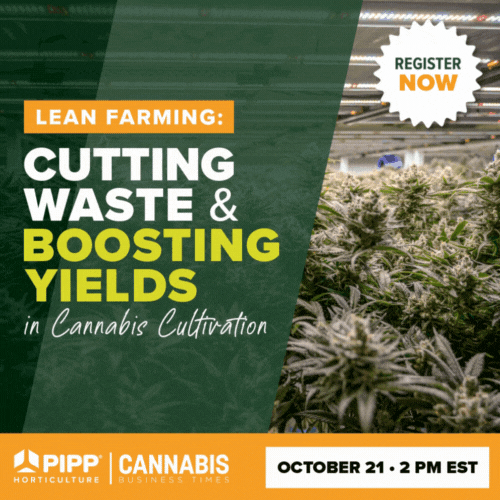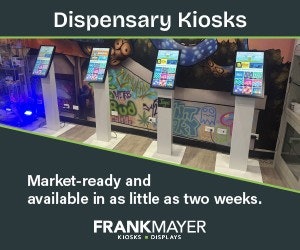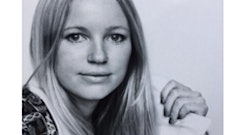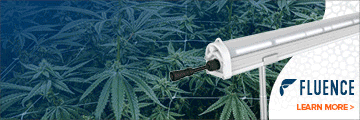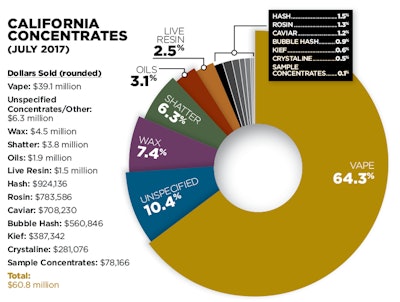
Californians have often blazed their own trail when it comes to cannabis in the United States. The rest of the country usually ends up following the Golden State’s lead. And now that the cannabis industry finally has robust data revealing the sales trends and quirks of California’s cannabis purchasers, we see the places where those patients mirror cannabis consumers in other states, and where they stake new ground. Just as Californians went their own way 21 years ago when they began permitting cannabis sales in medical shops, they also follow their own collective muse when it comes to purchasing.
New data from cannabis market research group BDS Analytics unveils a number of areas where California’s medical marketplace has evolved in unique ways. One caveat: While the current landscape remains within a medical regulatory framework, the data shows that the state’s cannabis market resembles recreational marketplaces in Colorado, Washington and Oregon much more than medical markets. Let’s consider three ways in which California cannabis consumers, and the marketplace in general, are different from other states.
Vapes
California’s early and passionate embrace of vapes sets it apart from other states, where interest did not escalate dramatically until recreational sales began.
Concentrate sales in general already capture 25 percent of California’s market; it has taken nearly four years of recreational sales for Colorado’s concentrate market to garner 27 percent of the market. But within the concentrates category, in July of this year, vapes captured nearly 65 percent of concentrate sales in California, on $39.1 million in sales; by comparison, vape sales represent just 37 percent of Colorado’s concentrate sales. In Colorado, the second-largest cannabis marketplace in the country (California is the largest), other concentrates like shatter, wax and live resin perform well, but sputter in California.
Flower Prices
California's decades-long reputation as an international cannabis-growing powerhouse suggests prices for flower should be cheap—with so much marijuana floating around, how could it not be? In fact, prices in California for flower are the highest among the states with large and established legal recreational cannabis markets.
During the five months between March and July of this year, the average pre-tax price for a gram of California bud was $9.24. But in Colorado, the average price was $5.48; in Washington (for March through June) it was $5.69; and in Oregon, the price of a gram was $8.68.
Infused Pre-Rolls
Pre-rolled joints capture 5 percent of the California cannabis market, which is roughly in line with Colorado and Oregon. (In Washington, however, pre-rolls represent 11 percent of the market.)
But Californians stand far apart from the other states when it comes to infused pre-rolls that come with an extra THC boost from concentrates like oil, kief, caviar and hash. In California, the pricier infused pre-rolls (averaging $14.08 per joint, compared to $5.12 for joints without concentrates) command 31 percent of the pre-roll market.
Coloradans, on the other hand, only buy enough infused pre-rolls to capture 7 percent of the pre-roll market. In Oregon, infused pre-rolls’ share is 2 percent. Washingtonians are more receptive of infused pre-rolls—they capture 19 percent of the pre-roll market. Still, California’s love for infused pre-rolls far exceeds the ardor shown by Evergreen Staters.

